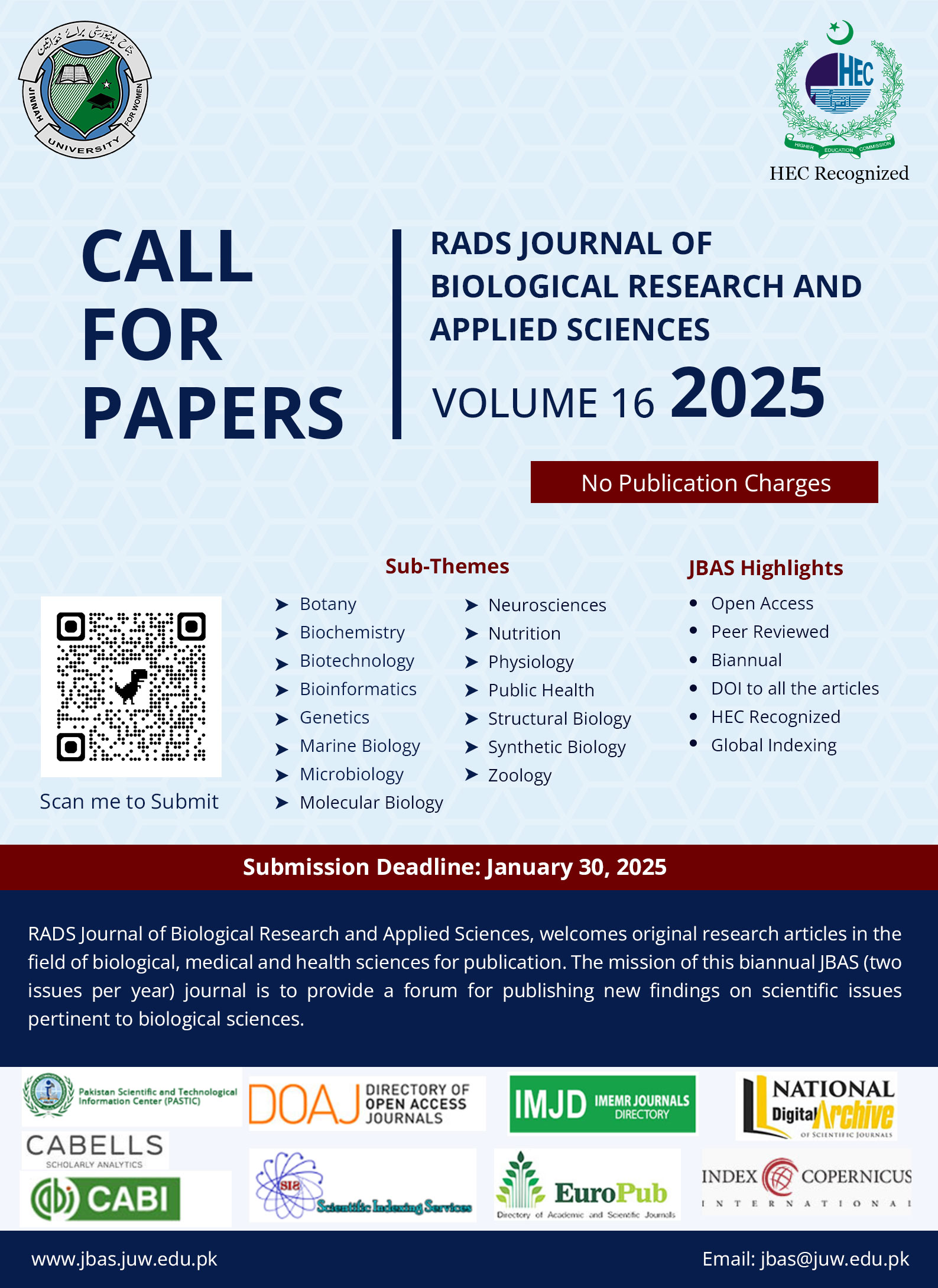Antibiotic Resistance Pattern and Detection of Newly Emerging Resistant Gene New Delhi Metallo-ß-lactamase- 1(blaNDM-1) in Escherichia coli and Klebsiella pneumoniae
Keywords:
Antibiotic, Disc Diffusion Method, Metallo-ß-Lactamase 1, PCR.Abstract
Escherichia coli and Klebsiella pneumoniae are the normal inhabitants of humans. Most strains of E.
coli are harmless and benefit their host but some of them may cause a wide variety of intestinal and
extra-intestinal diseases, such as diarrhea, urinary tract infections, septicemia, neonatal meningitis
and renal complications. Several strains Klebsiella may also cause bacteremia, pneumonia and urinary
tract infections. These pathogenic strains are becoming resistant to antibiotic therapy. This antibiotic
resistance is posing a major threat to public health and problem in treating various infections. The
present study has been designed to evaluate antibiotic resistance pattern and detection of newly
emerging gene New Delhi Metallo-ß-Lactamase 1 (blaNDM-1) in Escherichia coli and Klebsiella
pneumoniae clinical isolates. A total of 52 clinical isolates were collected from different hospitals of
Karachi in the period of August 2012 - October 2012. Antibiotic sensitivity test was performed by disc
diffusion method using different antibiotics. In this study it was found that E.coli from diarrheal
source and other sources showed highest resistance to Ampicillin (upto 89%) and is highly sensitive
to Meropenem and Imipenem (100%). While Klebsiella pneumoniae showed highest resistance to
Ampicillin (100%) and showed some resistance to Meropenem and Imipenem (13%). In the PCR
detection, 04 isolates out of 52 carried the resistant gene blaNDM-1. The presence of this blaNDM-1
gene was significantly higher in Klebsiella pneumoniae as compared to Escherichia coli strains.


















